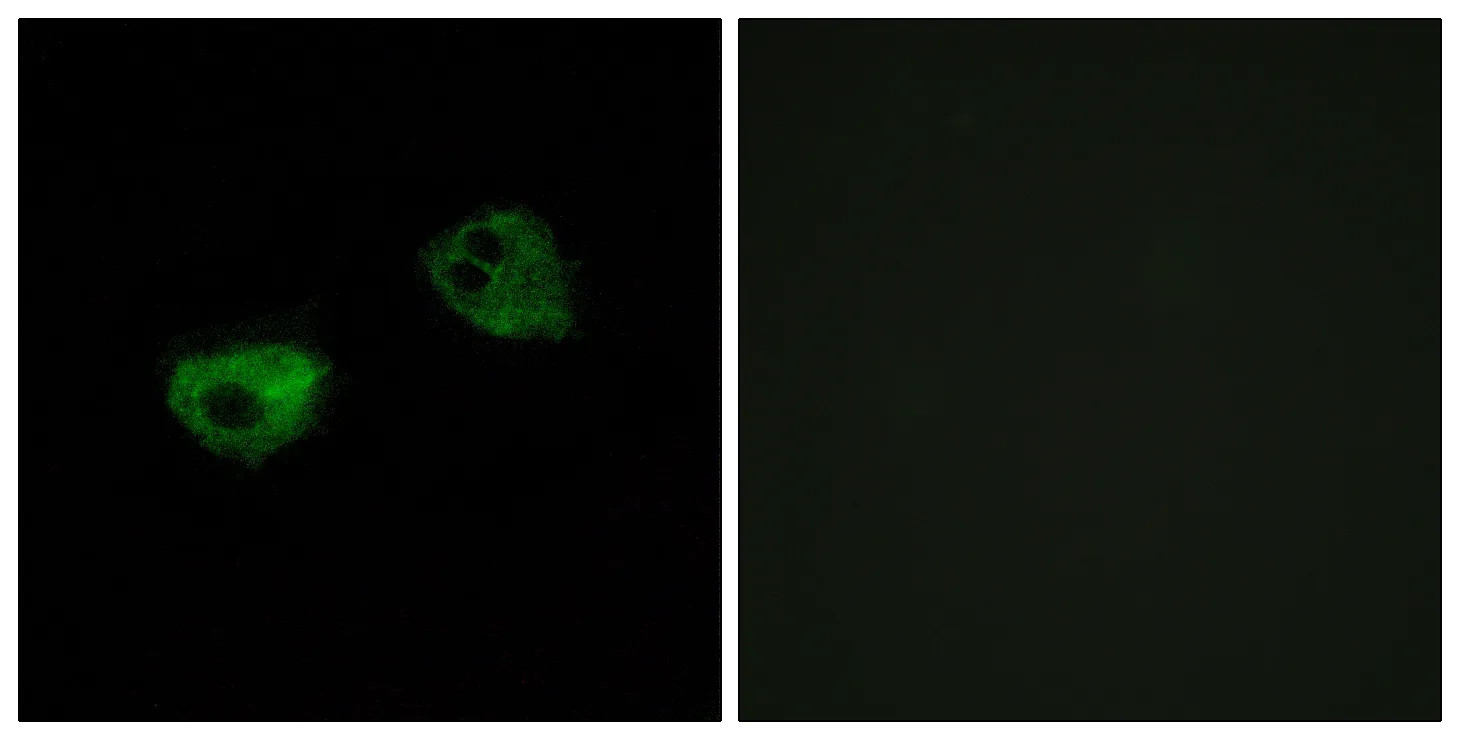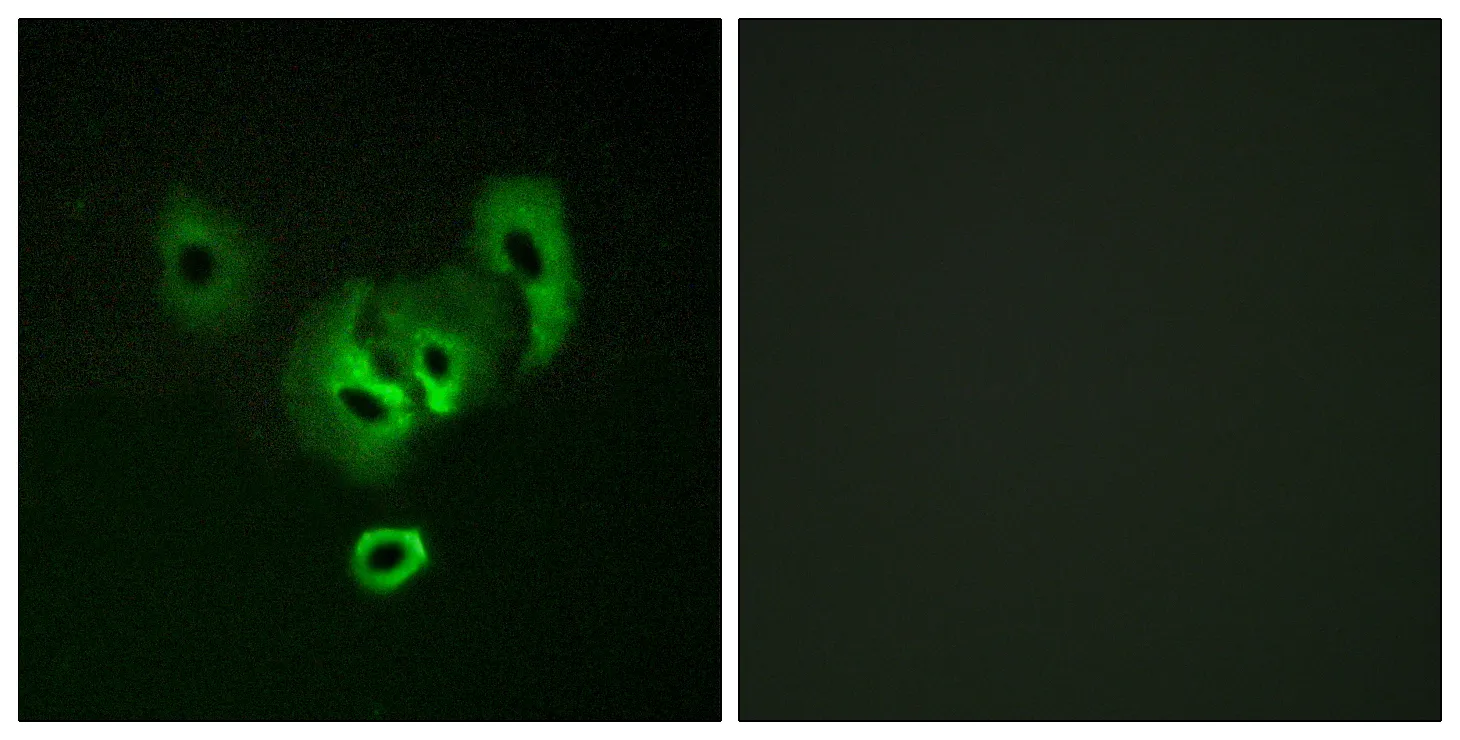Summary
Performance
Immunogen
Application
Background
The protein encoded by this gene mediates transcriptional control by interaction with the activation function 2 (AF2) region of several nuclear receptors, including the estrogen, retinoic acid, and vitamin D3 receptors. The protein localizes to nuclear bodies and is thought to associate with chromatin and heterochromatin-associated factors. The protein is a member of the tripartite motif (TRIM) family. The TRIM motif includes three zinc-binding domains - a RING, a B-box type 1 and a B-box type 2 - and a coiled-coil region. Two alternatively spliced transcript variants encoding different isoforms have been described for this gene. [provided by RefSeq, Jul 2008],disease:A chromosomal aberration involving TIF1 is a cause of thyroid papillary carcinoma (PACT) [MIM:188550]. Translocation t(7;10)(q32;q11) with RET. The translocation generates the TIF1/RET (PTC6) oncogene.,function:Interacts selectively in vitro with the AF2-activating domain of the estrogen receptors. Association with DNA-bound estrogen receptors requires the presence of estradiol.,PTM:Phosphorylated upon DNA damage, probably by ATM or ATR.,similarity:Contains 1 bromo domain.,similarity:Contains 1 PHD-type zinc finger.,similarity:Contains 1 RING-type zinc finger.,similarity:Contains 2 B box-type zinc fingers.,subunit:Interacts with CBX1 and CBX3 (By similarity). Interacts with NR3C2.,
Research Area




